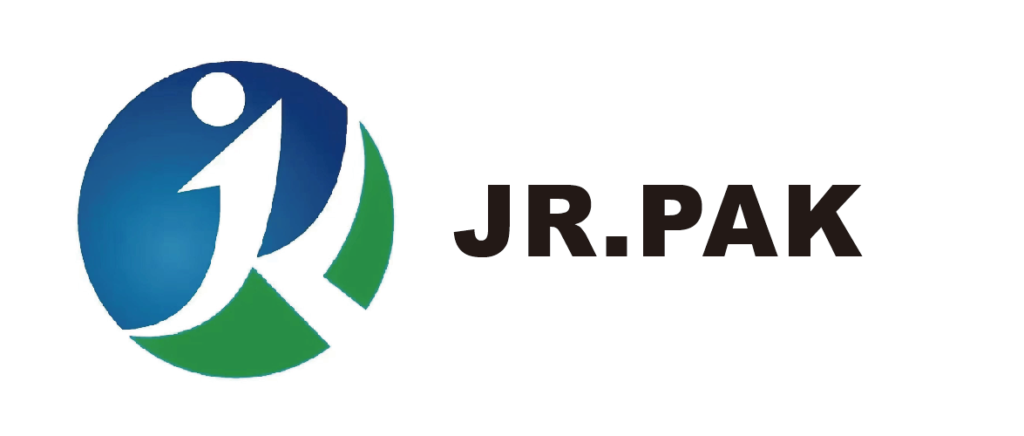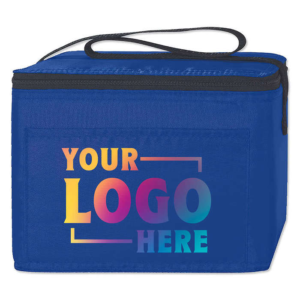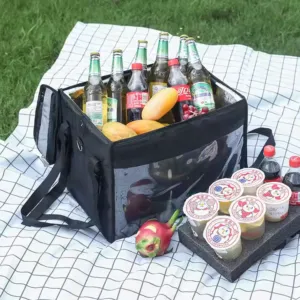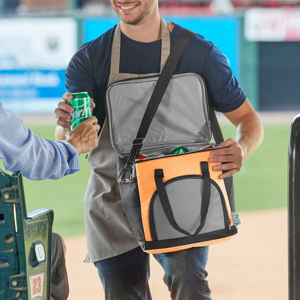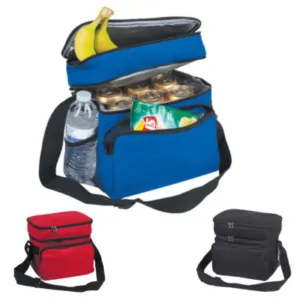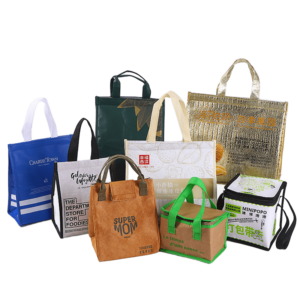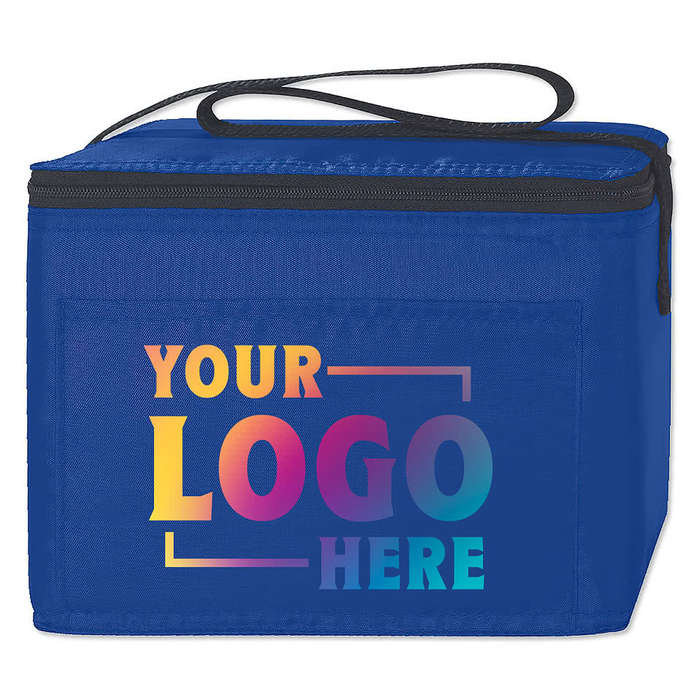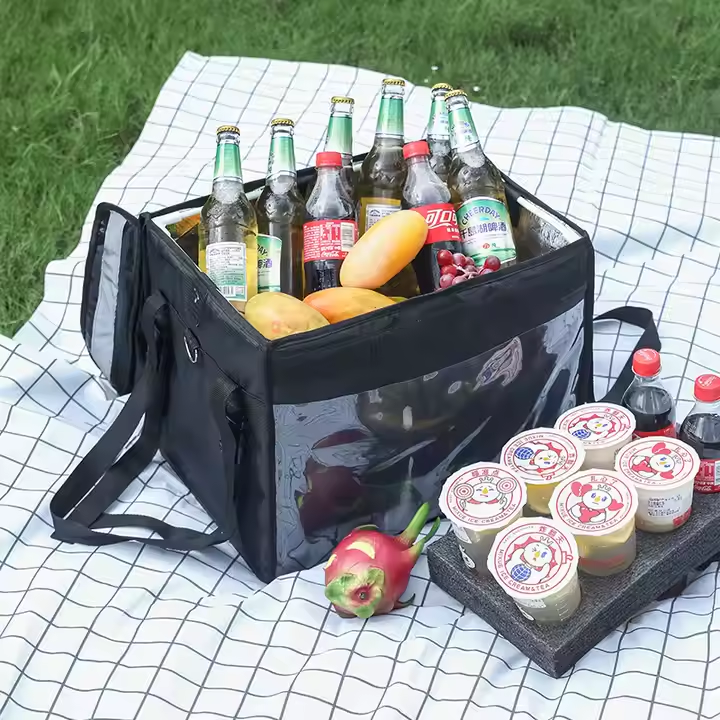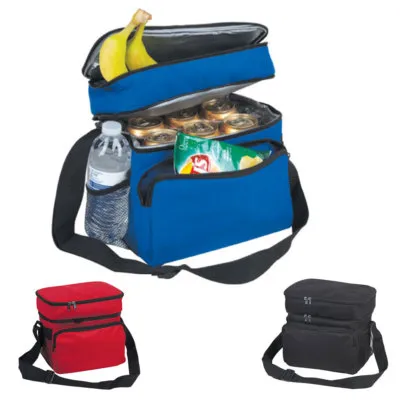The non-woven bag industry in 2025 is being transformed by green packaging innovations. This article outlines the top 8 sustainability trends that are driving production, design, and compliance across global markets.
8 Green Packaging Trends Shaping the Non-Woven Bag Industry in 2025
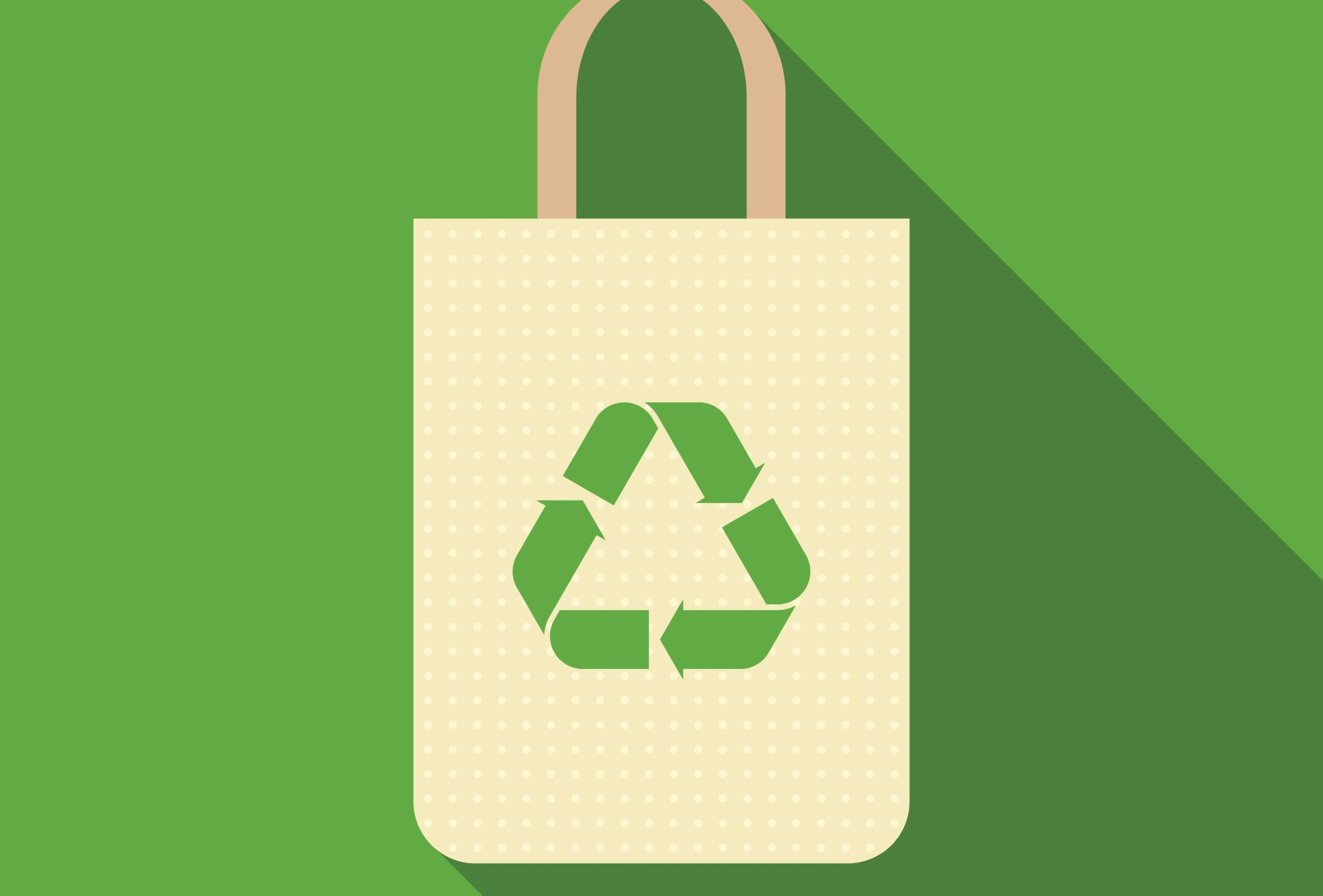
In 2025, non-woven bag production is shaped by recycled materials, biodegradable designs, smart features, and global sustainability standards.
Stay informed to keep your business competitive and compliant in an eco-driven market.
Increased Use of Recycled Materials
Manufacturers are using recycled fibers from post-consumer and post-industrial sources to reduce virgin material consumption and support circular economy goals.
Environmental Impact of Recycled Inputs
| Input Source | Benefit |
|---|---|
| Post-Consumer Waste | Reduces landfill usage |
| Post-Industrial Waste | Minimizes factory waste |
| Mixed Recycled Fibers | Enhances resource efficiency |
This trend not only supports eco-friendly initiatives but also responds to buyer demand for verifiable sustainability. Brands using recycled-content bags gain favor in environmentally sensitive markets like the EU and North America.
Biodegradable and Compostable Non-Woven Bags
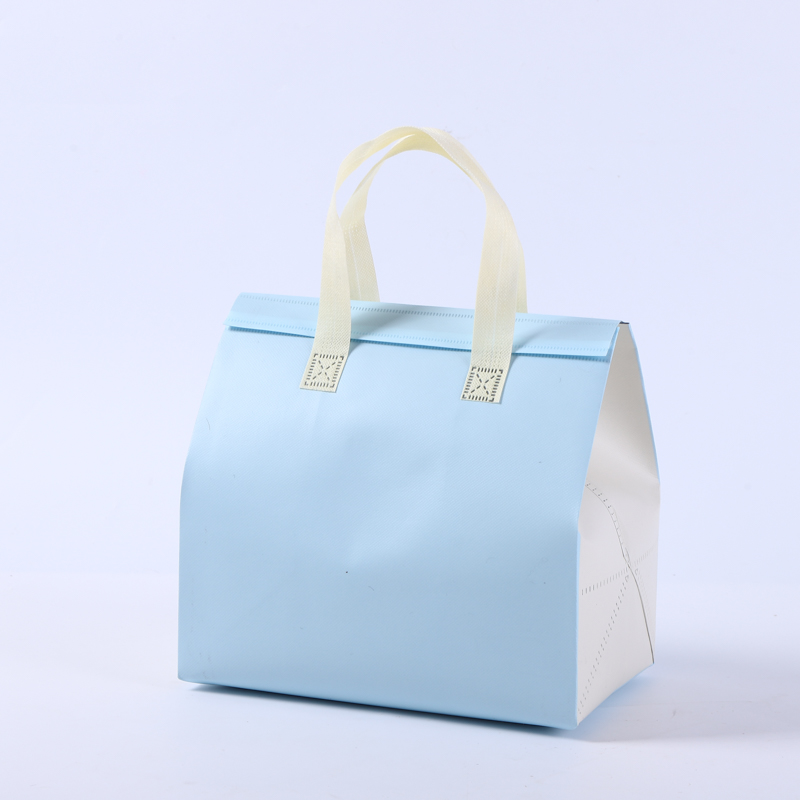
More producers are incorporating biodegradable additives or switching to compostable materials that break down without harming the environment.
Types of Eco Materials
| Material Type | Decomposition Time | Certification |
|---|---|---|
| PLA (bioplastics) | 6-12 months | EN 13432 |
| Biodegradable PP | 2-5 years | ASTM D6954 |
These materials reduce long-term waste and help businesses meet strict regulatory requirements. Compostable options are especially popular in regions with plastic bans or landfill taxes.
Customization and Eco-Friendly Branding

Printing innovations now allow for detailed, full-color branding on non-woven bags using sustainable inks and low-waste processes.
Eco Branding Features
| Feature | Description |
|---|---|
| Water-Based Inks | Low VOC, non-toxic |
| Digital Printing | Minimal setup waste |
| Custom Logos | High-visibility marketing |
Eco-friendly branding turns bags into mobile advertising tools. Businesses use them to communicate values, promote campaigns, and build customer loyalty.
Smart Non-Woven Bags
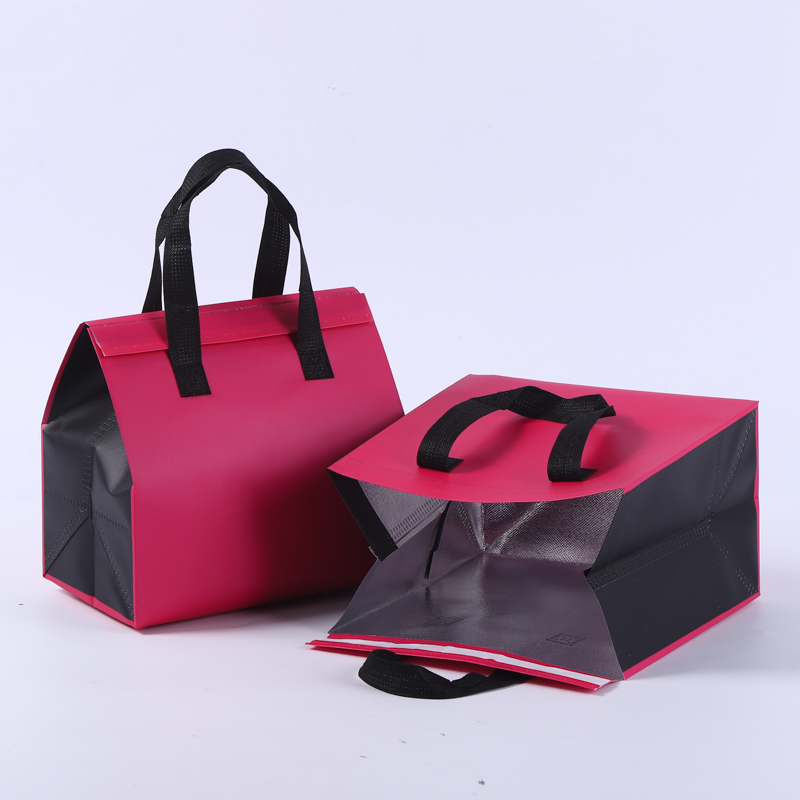
Smart features such as QR codes and RFID tags are being added for traceability, marketing, and consumer engagement.
Smart Bag Functions
| Technology | Function |
|---|---|
| QR Code | Product info, discount links |
| RFID Tag | Inventory control, theft prevention |
| NFC Chip | Interactive app features |
These technologies provide extra utility and appeal to tech-savvy markets. They are useful in logistics, retail, and promotional applications.
Lightweight yet Durable Designs
New material blends allow bags to be thinner and lighter without compromising strength. This reduces material use and boosts carrying comfort.
Material Performance
| Feature | Benefit |
|---|---|
| GSM Optimization | Reduces fabric weight |
| Reinforced Stitching | Improves load-bearing capacity |
Lightweight yet tough bags enhance user satisfaction while supporting sustainability through lower resource use. These designs are ideal for events, retail, and corporate gifting.
Localization of Production
To cut transport emissions, manufacturers are setting up regional facilities closer to key markets.
Production Impact
| Strategy | Benefit |
|---|---|
| Nearshore Factories | Faster lead times |
| Local Sourcing | Lower carbon footprint |
| Regional Warehousing | Better inventory control |
Localized production improves efficiency and aligns with government incentives in countries promoting local industry development.
Sustainable Packaging for the Bags Themselves
Eco-conscious companies are extending green practices to the packaging used for non-woven bags.
Sustainable Wrapping
| Type | Environmental Benefit |
|---|---|
| Kraft Paper Wraps | Fully recyclable |
| Compostable Sleeves | Breaks down naturally |
| Minimal Packaging | Less waste and resource use |
This reduces the total environmental burden and enhances the product’s appeal to eco-aware buyers and end-users.
Compliance with Global Environmental Standards
Regulations are tightening worldwide. Producers are aligning with certifications like ISO 14001 and bans on single-use plastics to stay compliant.
Key Certifications
| Standard | Focus Area |
|---|---|
| ISO 14001 | Environmental management |
| EN 13432 | Compostability |
| ASTM D6400 | Biodegradable plastic testing |
Compliance ensures market access and avoids fines. It also boosts brand credibility and trust among distributors and corporate buyers.
Conclusion
These eight trends are shaping the non-woven bag industry in 2025, pushing manufacturers toward smarter, greener, and more responsible production. From recycled materials to biodegradable innovations and smart features, the industry is evolving fast. At JiaRong Packing, we've adopted many of these strategies and continue to explore new ways to serve businesses globally with sustainable, high-quality solutions.
What trends are you most excited about? Share your insights or questions in the comments!
